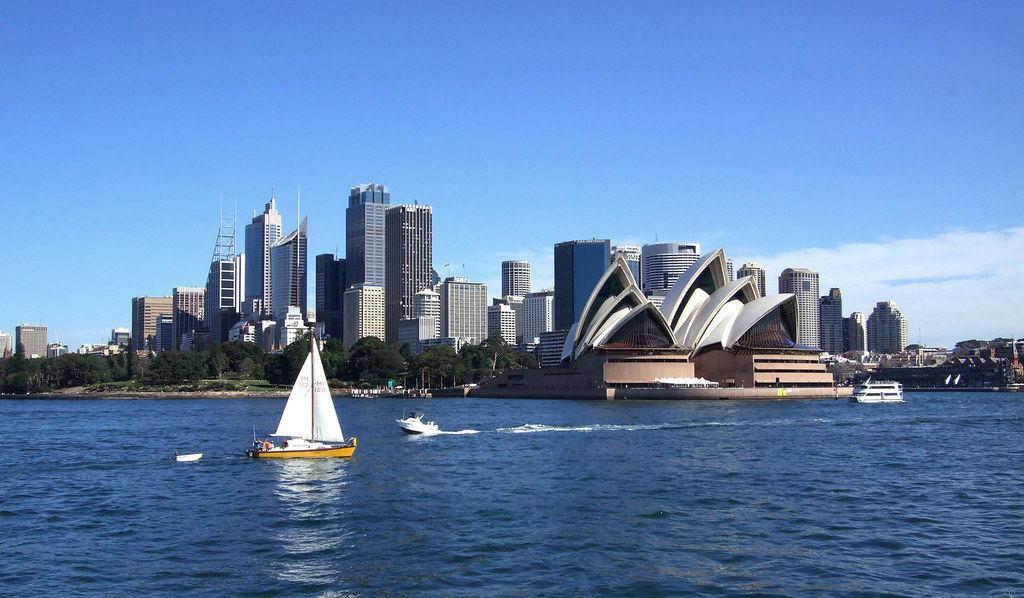Some parts of New South Wales are projected to have less than half of their residents vaccinated against Covid when Sydney begins to reopen after reaching the statewide 70% double dose vaccination target, based on current trends.
A Guardian Australia analysis of federal Department of Health data suggests the vaccination disparity between the regions and greater Sydney will persist when the state hits 70% next month, a milestone the state government says will end stay-at-home orders for the fully jabbed.
Vaccination levels among Indigenous communities as well as younger people, who joined the rollout much later, are also significantly below the rate for the entire state, the analysis indicates. Separate data shows vaccination rates among national disability insurance scheme (NDIS) participants are lagging.
A lower vaccination rate will not only mean these communities are potentially at greater risk of outbreaks, they would get fewer freedoms to socialise, work and enter venues that only fully vaccinated people will be able to access.
Guardian Australia has tracked current trends to forecast future vaccination rates in each local government area, as well as among Indigenous people, different age groups and in aged care, when NSW hits the 70% double dose target. The analysis uses 14 October as the likely date.
In response to the analysis, one top rural doctor says the disparity is “plain as day” between Sydney and the regions, while the mayor of a popular tourism town has warned against opening up his shire to visitors given its severely lagging jab rates.
In Sydney, some areas in the east and north – such as Mosman, Woollahra and Hornsby – already had 60% and 70% of their 16-plus populations fully vaccinated.
But there were 12 local government areas in New South Wales with less than 40% fully vaccinated as of 21 September, and more than 50 where less than half were fully vaccinated.
Unless rates in these areas increase, most of these lagging LGAs will only have 50-60% of their eligible populations fully vaccinated by the time NSW opens up, the analysis shows.
These areas are all outside greater Sydney, such as in the far west of the state (Balranald and Edward River) as well as parts of the Hunter Valley (Cessnock, Muswellbrook and Singleton), and where cases have generally been low, compared to the city.
According to www.theguardian.com. Source of photo: internet















